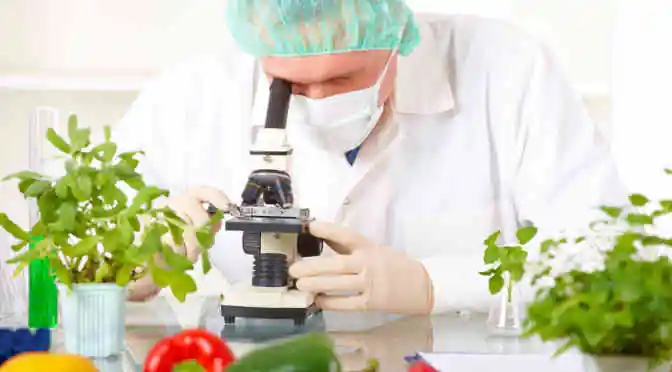Polymerase chain reaction or PCR is a technique that allows researchers to create multiple copies of small sections of DNA (deoxyribonucleic acid). With a minimal amount of DNA samples, researchers can diagnose and monitor a number of diseases in the most cost-effective manner. Techniques used before PCR were not only labor-intensive but also time-consuming. In 2015, the global PCR market was valued at approximately $10 billion, and according to analysts at Technavio, is poised to grow at a CAGR of 8% by 2020.
How PCR is being used today
Agriculture
In the agricultural sector, PCR is used in product development, identification of fishery products, grain processing and identification of rice cultivars. Product development procedures include seed quality control, gene discovery and cloning, vector construction and transformant identification. In the case of grain processing, PCR is used by importing countries to test the presence of unapproved events and to certify compliance with a non-GM (genetically modified) contract.
DNA profiling
One of the most important ways in which PCR is being used is in DNA profiling, also known as genetic fingerprinting. DNA profiling is done from a sample of hair, blood, or semen. PCR also has immense applicability in mitochondrial DNA analysis, which is done when only samples of the hair shaft and bones are available. Additionally, DNA profiling based on PCR is used in tissue typing for organ transplant and paternity testing.
Detection and diagnosis of infectious diseases
With the help of PCR, the presence of antibodies and the prevalence of infectious diseases can easily be detected and diagnosed, resulting in early treatment. PCR is used in screening donated blood for infections and is incredibly useful in detecting infections that are otherwise difficult to culture in labs, such as tuberculosis and HIV (human immunodeficiency virus). Also, as the average human life expectancy has increased globally, the elderly population has grown substantially. This particular segment of the population is prone to high incidence of chronic illnesses such as diabetes, arthritis, cancer, obesity, heart diseases, and asthma. PCR techniques help to provide better diagnosis of these diseases, which in turn leads to better treatment.
PCR is also used in monitoring and tracking the spread of infectious disease among cattle and detecting the presence of pathogens in water supplies.
Dentistry
Today, PCR has emerged as a standard diagnostic tool in the field of dentistry. PCR is used to determine the presence of infectious microbes that cause maxillofacial infections. It also enables effective management of cavities, oral cancer, periodontal disease and endodontic infections.
Apart from the applications mentioned, PCR is widely used in mutation detection, pre-natal diagnosis, bioinformatics, genetic cloning, molecular ecology and gene expression studies.
Want to know more about what the future holds for PCR and its applications?
Pre-order the 2016-2020 Global Polymerase Chain Reaction Market at 20% Off



